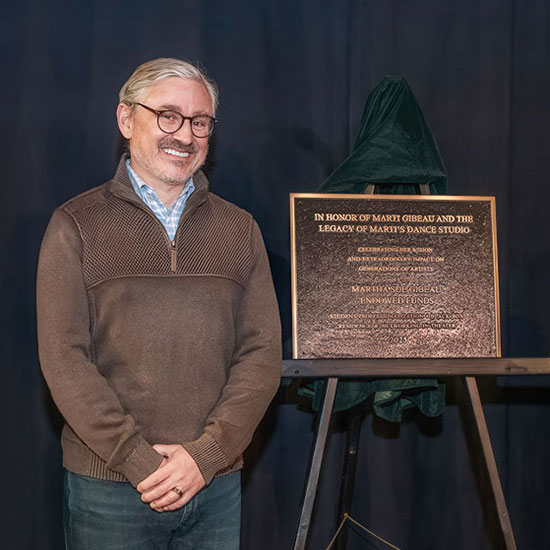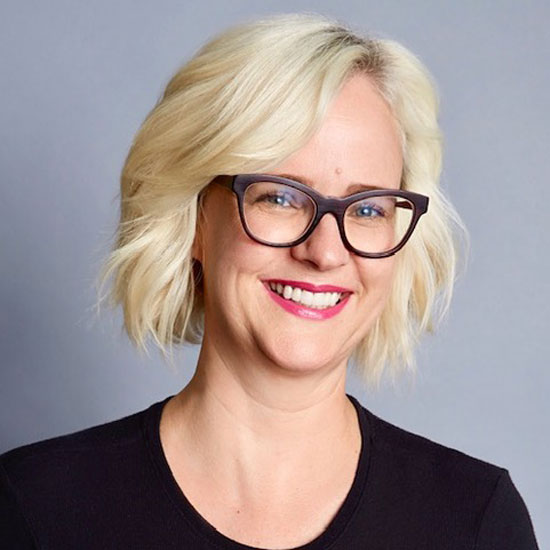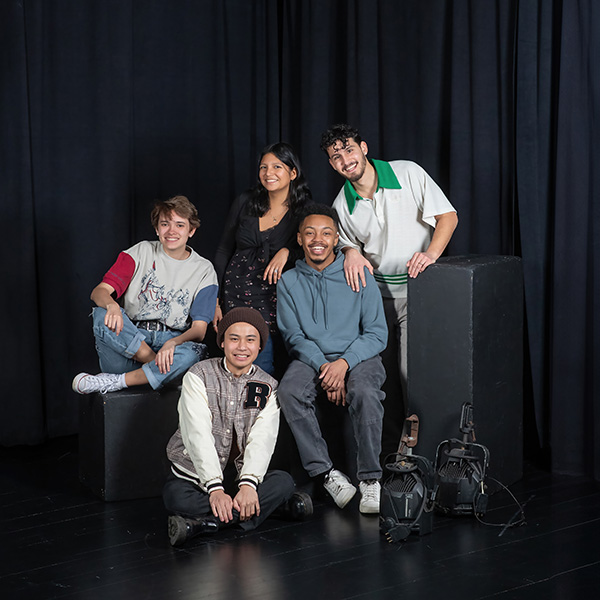Saving Asian textile traditions
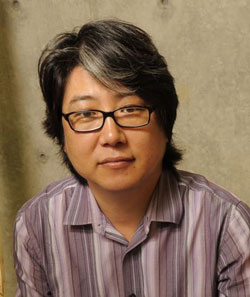
Sangwook Lee
Sculptor and textile artist Sangwook Lee, associate professor of art, has earned a Fulbright grant for sabbatical research in South Korea in 2015–16. His project, “Split Threads: Innovations in the Hanbok and Kimono,” will compare and document the artisanal production processes of hanbok and kimono, traditional Korean and Japanese garments. Upon his return, he plans to curate an exhibition of both countries’ textile art at Skidmore’s Tang Museum.
Lee notes that the art of Japanese kimono making and decorating is more widely known than Korean hanbok arts, and that hand-crafted garments are rapidly being replaced by machine-printed and chemically dyed clothing. He says, “As fewer people wear traditional garments, the understanding of their historical relevance is being lost.” So part of his project is “to understand why Japan has had greater success in keeping its artistic traditions alive, and then to translate this experience to the conservation of knowledge about traditional Korean arts.”
Beginning this summer, Lee’s studies will take him to the Korea National University of Cultural Heritage, where he will be hosted by a professor in the department of traditional arts and crafts. He will take classes with master hanbok artisans in such techniques as geumbakjang, or gold applique, and mosi, or fine ramie weaving. He will also lecture and conduct collaborative projects with faculty and students.
In the fall Lee heads to Japan, to partner with Kyoto’s Gallery Gallery, meet with a kimono company’s artisans, and visit dye-artists’ studios. His winter itinerary returns to South Korea, for work with the fashion design department at Pukyong National University. His activities there will include recruiting artists to contribute works for his exhibition at Skidmore’s Tang Museum.
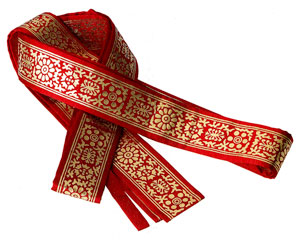
Growing up in South Korea and taking an interest in Western aesthetics, Lee came to the U.S. to earn a master’s in fine arts at the University of Georgia. He soon developed a reputation in America and Asia for his ramen noodle art. He says these installation works made of instant noodles—which he loved to eat as a child and which are popular in the West as well—are a symbol of cross-cultural expression. When he moved to the U.S., he says, “I made a conscious effort to embrace Western culture. Over time, I began questioning my cultural ties and noticing fond memories of family, social interactions, and ceremonies surfacing in my artistic practice, culminating in works that explore the cultural dissonance of relocation.”
His resurgence of interest in his native culture has led him to deep investigations of traditional Korean aesthetics. The Fulbright research will immerse him in these studies next year and will inform his teaching and art long afterward.
